Navigation
Install the app
How to install the app on iOS
Follow along with the video below to see how to install our site as a web app on your home screen.

Note: This feature currently requires accessing the site using the built-in Safari browser.
More options
You are using an out of date browser. It may not display this or other websites correctly.
You should upgrade or use an alternative browser.
You should upgrade or use an alternative browser.
Graduated ND
- Thread starter slat
- Start date
AlanKlein
Been spending a lot of time on here!
- Joined
- Nov 24, 2011
- Messages
- 2,265
- Reaction score
- 816
- Location
- NJ formerly NYC
- Website
- www.flickr.com
Try it with and without. See what you get. Remember, You'll lose up to 1 1/2 - 2 stops with the polarizer in addition to the GND.
TCampbell
Been spending a lot of time on here!
- Joined
- Mar 31, 2012
- Messages
- 3,614
- Reaction score
- 1,556
- Location
- Dearborn, MI
- Can others edit my Photos
- Photos OK to edit
A polarizer will have nearly no effect with the camera pointed at the Sun.
This is because as light hits any reflective surface, the light will be polarized based on the angle of reflection. The stronger the angle, the stronger the polarization.
A polarizing filter doesn't actually "polarize" the light... it "filters" the light based on the polarization of the light waves.
When the Sun is setting on the ocean, the reflection off the water is an extremely shallow angle -- which means that light isn't getting much of a polarization to it -- and that means the polarizing filter wont be very effective.
Polarizers work best when the source of the light is coming from the sides. If the light is nearly ahead of you OR nearly behind you, you'll find that they don't have a very noticeable effect.
Sunsets are a bit of a special case. For normal gradient ND filters, half the filter is clear, then you get ramping up of the darkening on the other half of the filter. This is great when the sky is noticeably brighter than the landscape as it can help tame the sky so you can increase exposure of the land for a more balanced exposure.
But with a sunset, the brightest point is near the middle of the frame... not at the top.
There's a special version of a gradient ND called a "reverse gradient ND". This filter is clear at the bottom half, but VERY dark in the center, and gradually fades in brightness as it gets near the top. It's basically designed to darken the image the most at the center (where the Sun is located).
See: LEE Reverse ND Camera Filters
Or: Daryl Benson Reverse Graduated FiltersAvailable in Neutral & Orange Densities - Singh-Ray Filters
Or: Resin Neutral Density Reverse Grad
This is because as light hits any reflective surface, the light will be polarized based on the angle of reflection. The stronger the angle, the stronger the polarization.
A polarizing filter doesn't actually "polarize" the light... it "filters" the light based on the polarization of the light waves.
When the Sun is setting on the ocean, the reflection off the water is an extremely shallow angle -- which means that light isn't getting much of a polarization to it -- and that means the polarizing filter wont be very effective.
Polarizers work best when the source of the light is coming from the sides. If the light is nearly ahead of you OR nearly behind you, you'll find that they don't have a very noticeable effect.
Sunsets are a bit of a special case. For normal gradient ND filters, half the filter is clear, then you get ramping up of the darkening on the other half of the filter. This is great when the sky is noticeably brighter than the landscape as it can help tame the sky so you can increase exposure of the land for a more balanced exposure.
But with a sunset, the brightest point is near the middle of the frame... not at the top.
There's a special version of a gradient ND called a "reverse gradient ND". This filter is clear at the bottom half, but VERY dark in the center, and gradually fades in brightness as it gets near the top. It's basically designed to darken the image the most at the center (where the Sun is located).
See: LEE Reverse ND Camera Filters
Or: Daryl Benson Reverse Graduated FiltersAvailable in Neutral & Orange Densities - Singh-Ray Filters
Or: Resin Neutral Density Reverse Grad
Similar threads
- Replies
- 3
- Views
- 2K
- Replies
- 7
- Views
- 1K

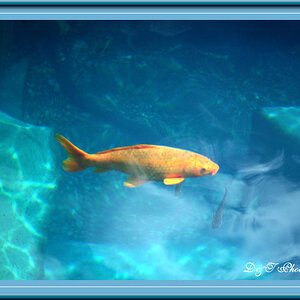
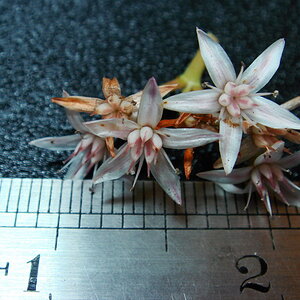

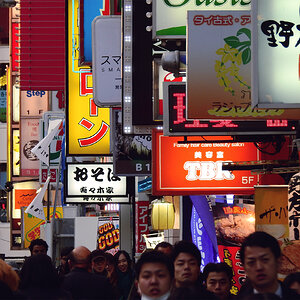


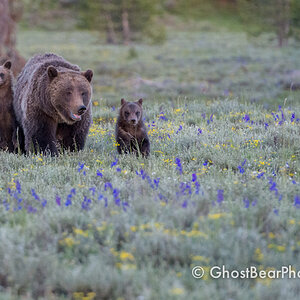
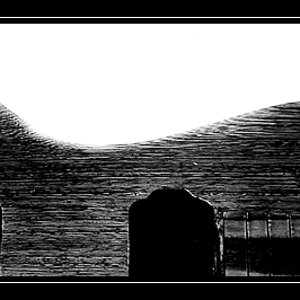
![[No title]](/data/xfmg/thumbnail/39/39469-3f2d242112dec8dc3e7b2836cc85afec.jpg?1619739042)
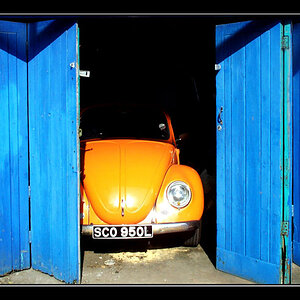

![[No title]](/data/xfmg/thumbnail/42/42018-14ee16974751322cd63966d43d655995.jpg?1619739979)